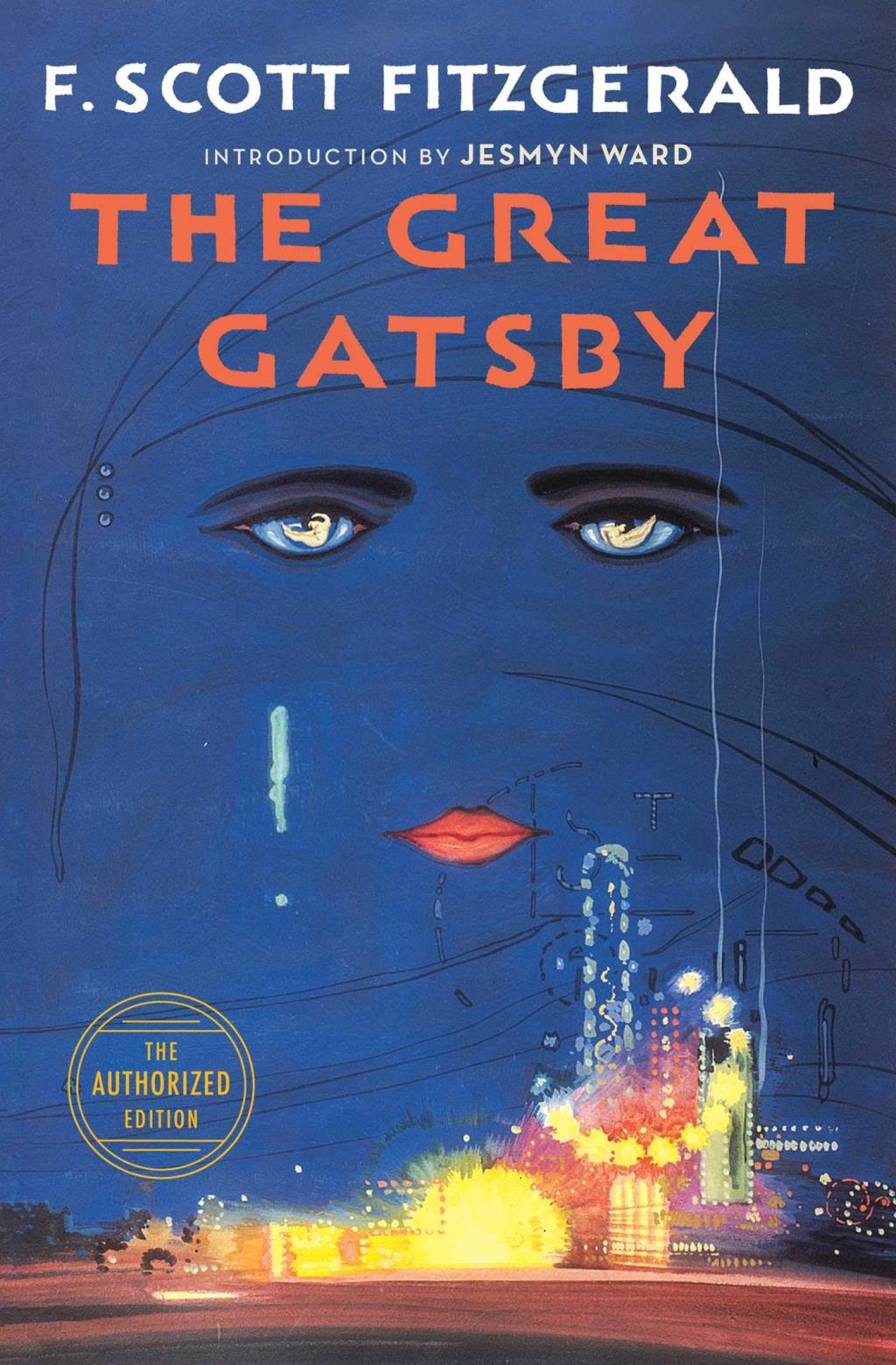
F. Scott Fitzgerald’s highly acclaimed novel The Great Gatsby presents twentieth century America through the eyes of a particular man by the name Nick Carraway, who enters into the realm of the wealthy - and the wealthier. Settling himself into a small cottage in West Egg, the neighborhood consisting of “new money” residents, he always finds himself looking out the window and seeing his mysterious neighbor, Gatsby, holding grand, lavish parties in his castle-like home. Personally invited by Gatsby, Nick attends one of the parties and surprisingly finds that many of the guests are uninvited, and Gatsby is nowhere to be seen. Everywhere around him, men and women dance, sing, cry, and drink. Across Gatsby’s mansion lies East Egg, the neighborhood for the more sophisticated and respected “old money” rich residents. East Egg residents, of which includes Nick’s cousin Daisy and her abusive husband Tom Buchanan, look down on the West Egg men and women with contempt, and the two wealthy classes rarely clash. But at the same time, a few miles down from the extravagant parties and mansions, in the Valley of Ashes, quite literally gray with dust, filth, and the remnants of industrial projects, dejected low class workers move slowly to and from their small apartments and their run-down gray workplaces.
Each contrasting region and group of people that Fitzgerald portrays reflects the economic and social condition of the United States during the Roaring 20s or “the Jazz Age.” In Gatsby’s parties, the uninvited guests who take advantage of Gatsby’s wealth to look for business deals and connections with the wealthy represent the parasitic and corrupt nature of many money-making deals and positions during this time period. Alcoholism to the point of chaos and abuse is also portrayed by the relationships and accidents both within the wealthy society and outside of it. Moreover, Fitzgerald recognizes that the supposed “economic improvement” that we often associate to the historical Industrial Era in this country is actually just the inevitable widening of the already large gap between the poor and wealthy in an industrial society. His intentional use of color theory and symbols helps readers recognize these patterns of twentieth century America and also the thematic meaning of the “fabulous and great” character Jay Gatsby. The author makes sure to use numerous other symbols, particularly cars, clocks, eyes, and weather to name a few, in order to create a realistic storyline full of painful plot twists while weaving in his view of the manipulative gender and class relationships of this society.
Personally, I think this novel is an amazing portrayal of American society during the 1920s especially because of how Fitzgerald uses small, often overlooked, details and symbols to build up to the larger themes and reality of the Industrial Era in our country. Through the complex and deep characterization of Gatsby and Nick, he indirectly exposes the human superficiality and shallowness that the rest of the characters fall under. However, Fitzgerald doesn’t stop with just a negative depiction of a modernizing and industrial society - even after the tragic events that occur in the novel, he provides readers with images of hope and the American dream, the idea of people hoping for a better life and moving forward against the challenges that keep drawing them back to the past.
I would rate this novel a 10/10, and I definitely think that all other young adult readers (who have not done so already) should read The Great Gatsby while reflecting on the complexity of human relationships and social conditions during and after the early twentieth century in America.
Check out The Great Gatsby from the Newport Beach Public Library.
